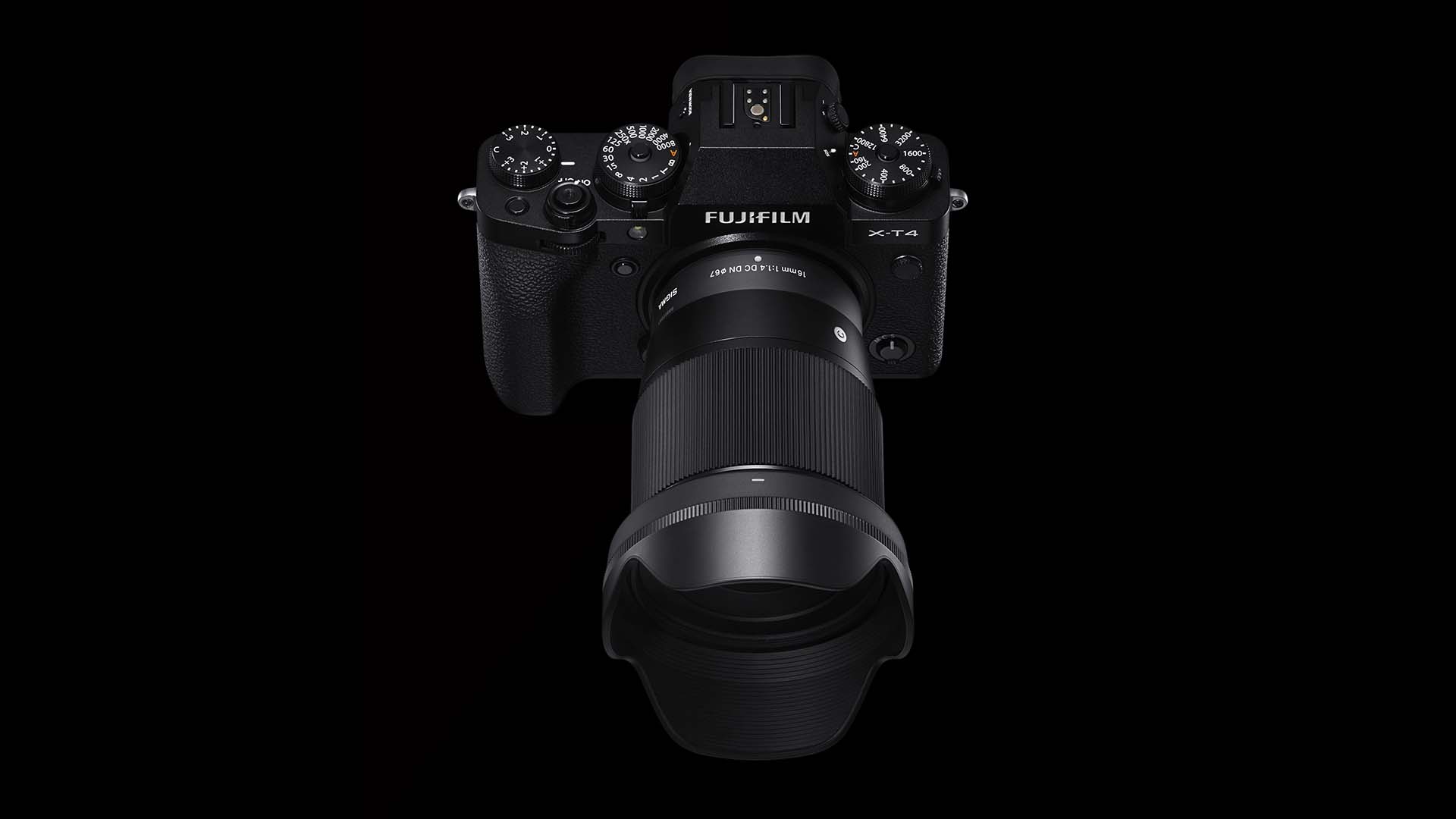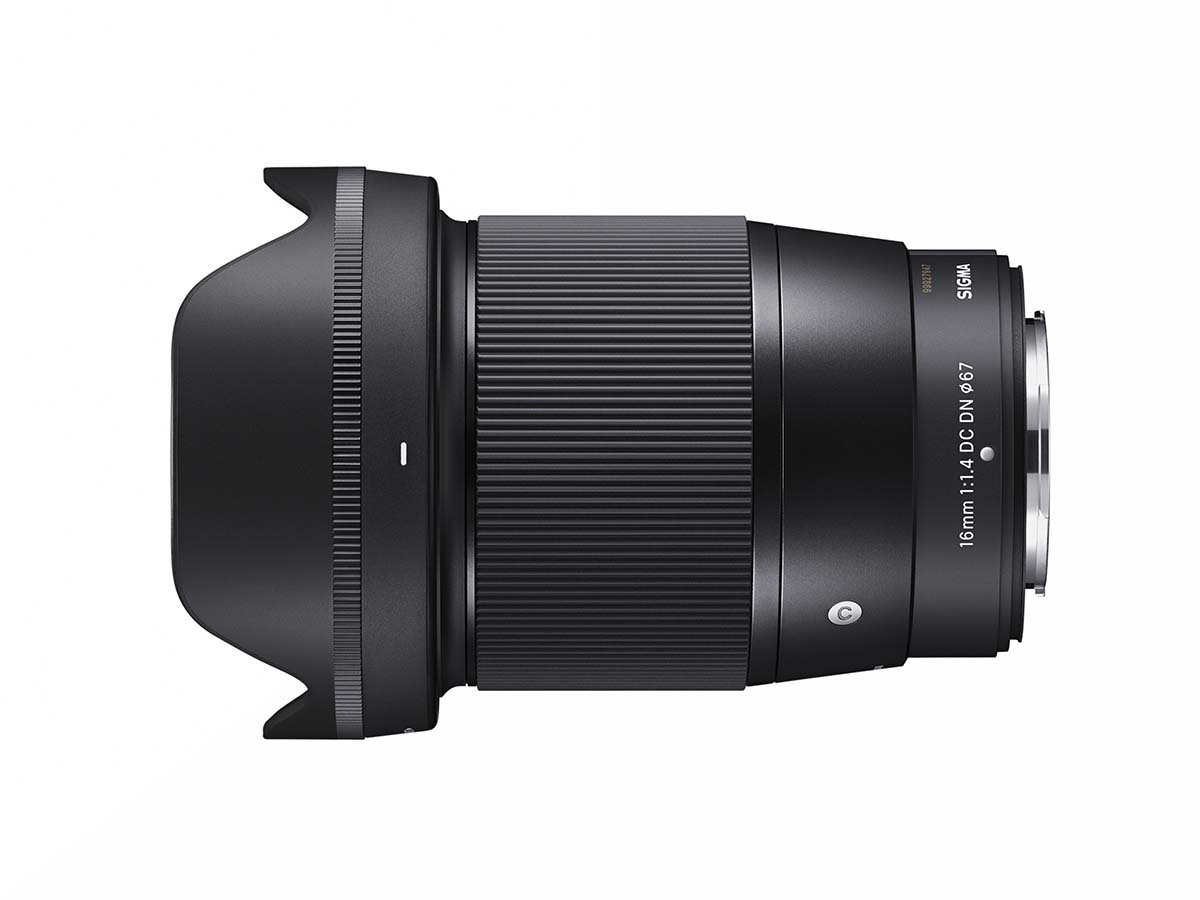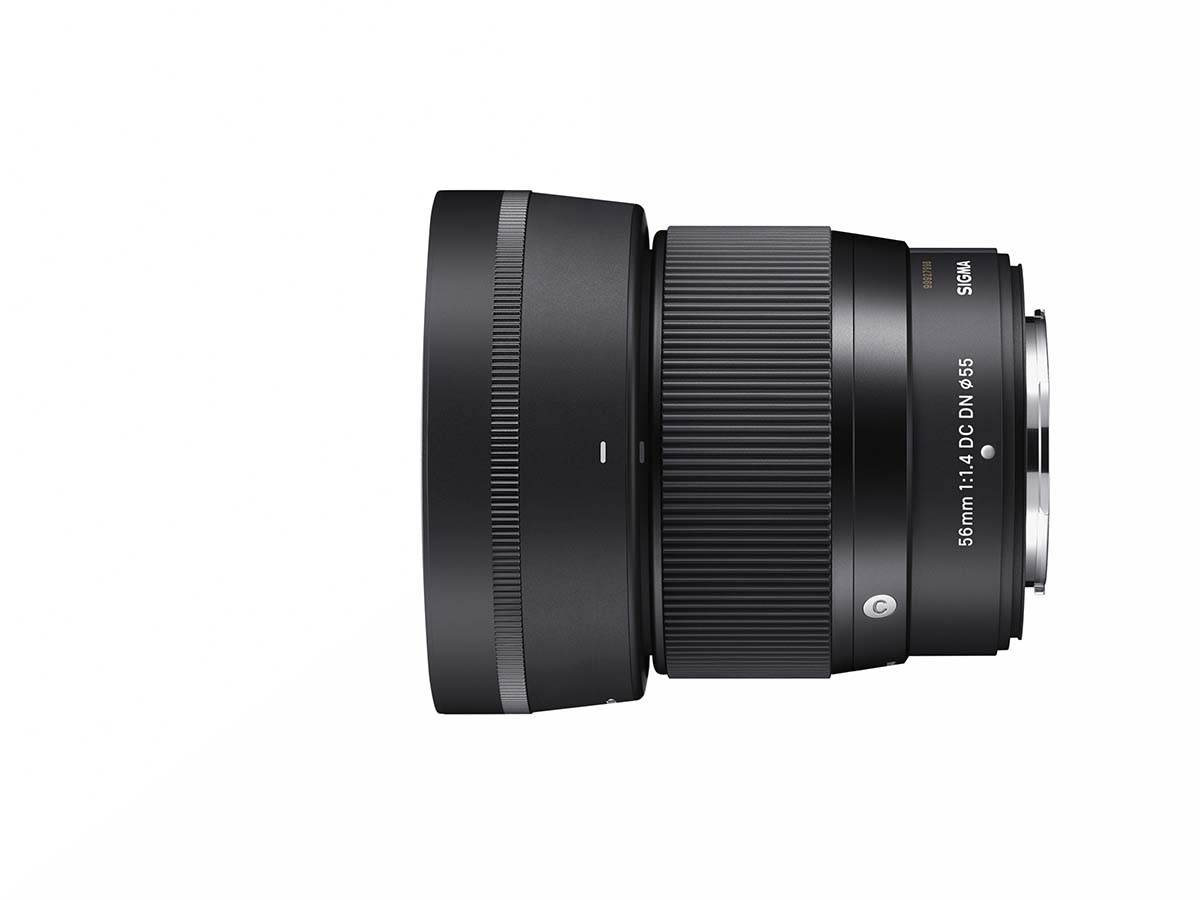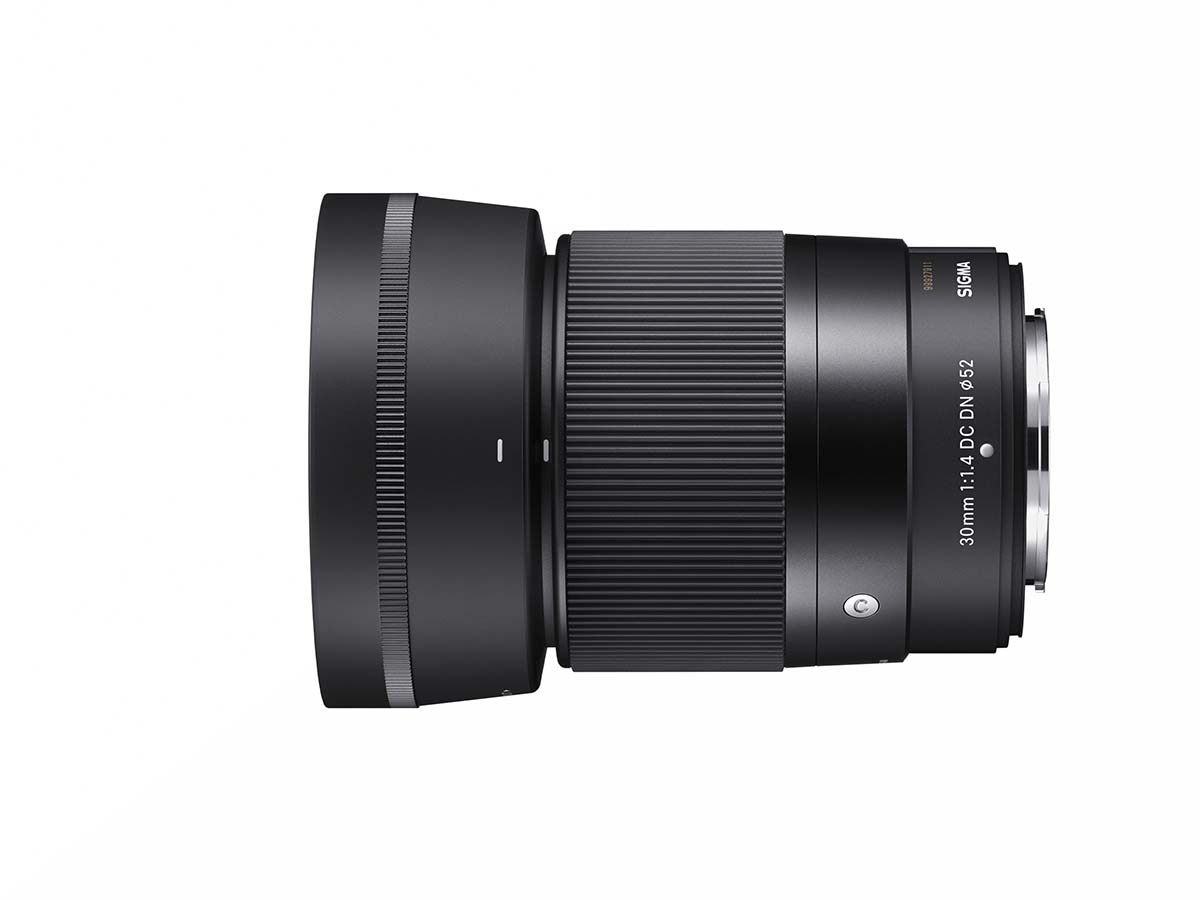
Sigma tells us that its three Contemporary primes are soon to be available in X-mount. That's great, given that brings three fast, short primes to cameras such as Fujifilm's well-reviewed X-T4. The existence of these lenses also tell us something about lens mount design and why shallow mounts are such a good idea.
Traditionally, wide-angle lenses have struggled to be fast. The mathematics suggests they ought to be fast; after all, an f-number is just the ratio between the focal length and the hole through which the light must pass. Instinctively, more light gets through a short, fat tube than a long, thin tube. Wide angle lenses are short, so the hole though the middle doesn't have to be that big in order to achieve a low ratio.
But in reality, wide lenses are often slow, as anyone who's tried to put together a set of classic stills primes for movie work will know. The reasons behind that are more than we can go into here, but as a result the sheer speed of Sigma's three Contemporary primes has already raised some appreciative eyebrows among owners of other shallow-mount cameras. The widest option just announced is the 16mm f/1.4 DC DN Contemporary (there's supposed to be a pipe character between the DN and the Contemporary, but I'm happy to be the person who sticks his neck out against the random acts of typographical innovation committed by marketing executives). There are also 30mm and 56mm options, all maintaining that speedy 1.4.

The Sigma 16mm f/1.4 DC DN Contemporary. Image: Sigma.
Nifty fifties
What may matter most is how they compare to Fujifilm's own lenses. There are close equivalents, with the Fujifilm XF16mm, XF18mm and the XF33mm all f/1.4 lenses just like Sigma's new offerings; the 56mm is an even speedier f/1.2. Nifty (almost) fifties persist in the digital age. Of course we're best advised to consider the bottom stop or two on most lenses to be for emergencies only, but even then, more is, well, more.

The Sigma 50mm f/1.2 DC DN. Image: Sigma.
This is possible partly because all these lenses are designed to cover APS-C sensors, indicated in Sigma nomenclature by the DC appellation, which makes it easier for lenses of practical size to achieve low stops. What's probably more important is that the X-mount has a flange focus distance of a mere 17.7mm. That's not even a millimetre more than DJI's wafer-thin DL mount, and only 1.7 deeper than the Nikon Z mount. The DN, incidentally, apparently indicates a lens for "compact system cameras," which would include anything that's likely to adopt the X-mount.

The Sigma 30mm f/1.4 DC DN. Image: Sigma.
The three Sigma primes aren't even all that expensive, at US$449, $339 and $479 respectively. That also makes them considerably less wallet-crushing than Fujifilm's offerings; the Fujifilm XF 16mm f/1.4 R WR lists for about US$1000, more than twice the ask of Sigma's numerically-identical product. At some point, someone will want longer focal lengths than Sigma's 56mm, and Fujifilm remains the option there, with 60mm, 80mm, 90mm and even an XF200mm at an impressive f/2 (which sells for an equally impressive many thousand units of currency).
Sigma's Contemporary series lenses has so far been available in EF-M, Micro Four-Thirds and L mounts. The accompanying 18-50mm short zoom, itself achieving a respectable f/2.8, has been available in E and L mounts for a while; Sigma projects it, too, will come to X mount by the end of the year.
Tags: Production News Lenses


Comments